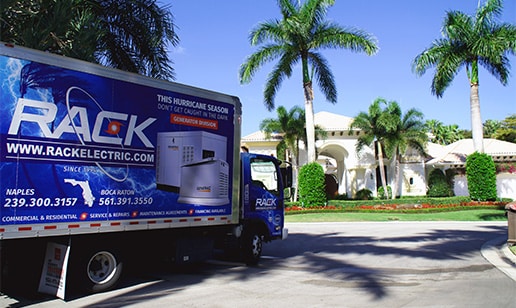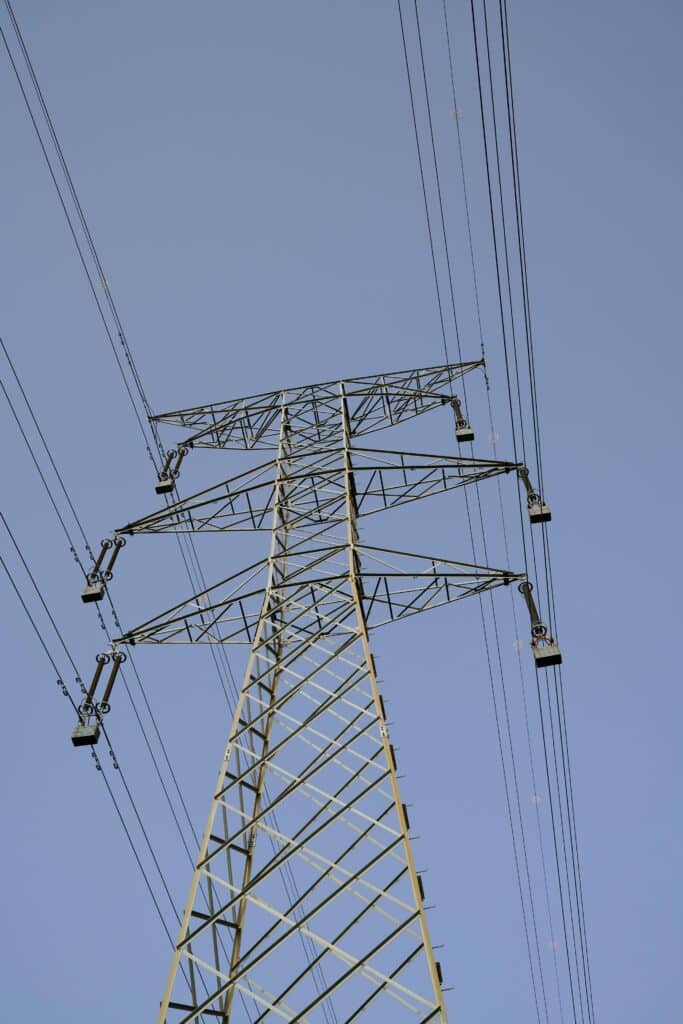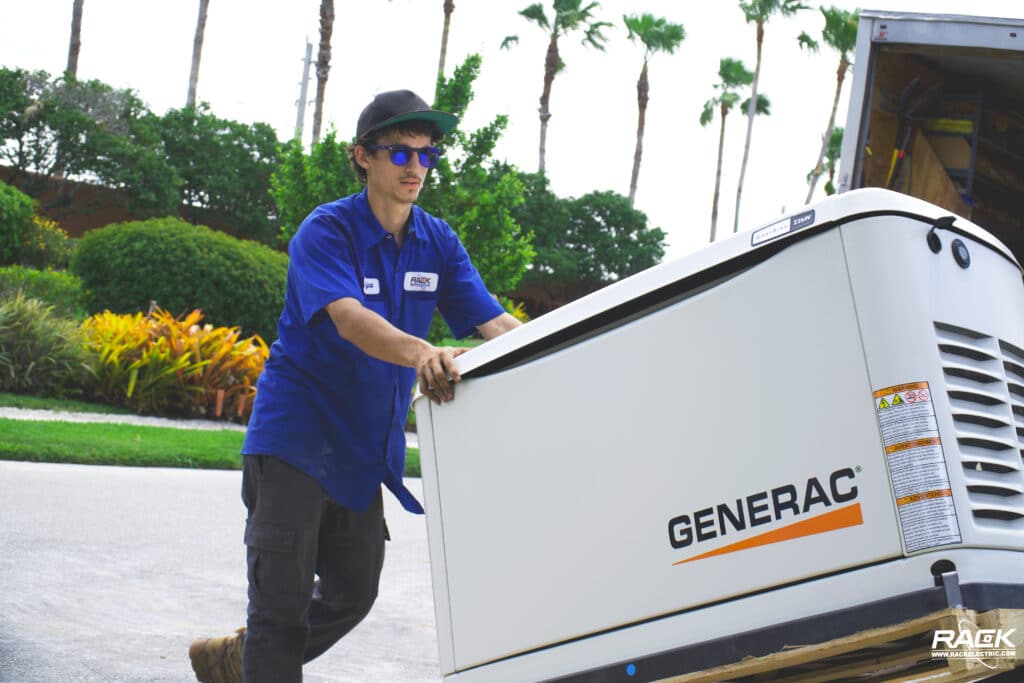How to Build a Hurricane Power Loss Emergency Plan in South Florida


If you live in South Florida, hurricane season isn’t just background noise — it’s a yearly reality that can bring serious and sudden power outages. These aren’t your average few-hour blackouts. We’re talking about multi-day — sometimes even multi-week — disruptions to everyday life. And with the intensity of storms only increasing, preparing now could make all the difference later.
This post from Rack will walk you through how to build a real, actionable hurricane power loss emergency plan. Not just batteries and bottled water — but a step-by-step guide that helps you and your family stay safe, connected, and comfortable through South Florida’s most unpredictable months. From stocking essentials to exploring backup power options like whole-house generators in South Florida, we’ll cover what matters most.
1. Understanding Hurricane-Related Power Loss in South Florida
When a hurricane hits, it’s not just the rain and wind; it’s the domino effect. Downed power lines, flooding that damages substations, and wind-blown debris that tears apart grid infrastructure. These factors lead to widespread, often long-lasting, South Florida hurricane power outages.
South Florida’s coastal geography, older neighborhoods with aging electrical systems, and dense population make the region especially vulnerable. Remember Hurricane Irma in 2017? Over 6 million Floridians lost power — some for more than a week. Ian, Wilma, and Andrew caused similar, large-scale disruptions. The storms may pass quickly, but the outages linger.
2. The Real Impact of Losing Power During a Storm
When your power goes out during a hurricane, it affects more than your lights and Wi-Fi.
- Health & Safety: No air conditioning in 90+ degree heat can be dangerous. And for households relying on powered medical devices, outages can be life-threatening.
- Communication Blackouts: With phones dying and internet gone, staying updated becomes nearly impossible.
- Food & Financial Loss: Groceries spoil fast without refrigeration. Work-from-home setups go offline. And replacing damaged electronics gets expensive — fast.
This isn’t just about survival — it’s about protecting your way of life during extended power loss.
3. Core Elements of a Hurricane Power Loss Emergency Plan
Think of your plan in layers. Start with these must-haves:
- Food & Water: Keep at least 3 days’ worth of non-perishable food and one gallon of water per person per day.
- Lighting & Communication: Battery-powered lanterns, solar phone chargers, and a NOAA weather radio can keep you connected.
- Home Protection: Storm shutters, sealed doors, and sandbags help reduce water intrusion. Ensure your sump pump works if flooding is common (and consider generator backup options to keep it running).
- Medical Needs: Have a two-week medication supply and cooling options (like battery fans or chilled packs) for heat-sensitive individuals.
- Cash & Identification: Keep some cash on hand and all vital documents in a waterproof container. ATMs and card readers might be down.
Generators don’t replace these essentials, but they can extend your comfort, safety, and connectivity when outages stretch beyond a day or two.
4. Backup Power: A Smart Addition to Your Emergency Plan
Generators aren’t just for convenience — they’re critical for maintaining essentials during storm-related power loss.
Whether it’s preserving food, powering medical devices, or keeping your home livable in the heat, a generator buys you time and peace of mind. Here are your main options:
- Portable Generators: Lower cost, but limited capacity and manual operation.
- Gasoline Generators: Effective but noisy and high-maintenance.
- Whole-Home Generators: These automatically kick on when your power fails. They’re reliable, seamless, and ideal for hurricane-prone areas.
Need help figuring out what’s right for you? Rack Electric’s generator services in South Florida cover everything from generator installation to repairs and routine maintenance.
5. How to Prepare Your Generator (If You Have One)

Own a generator? Make sure it’s hurricane-season ready.
- Run a Maintenance Check: Replace filters, test the battery, and inspect for fuel leaks. Not sure what to look for? Schedule a maintenance check with Rack Electric.
- Store Fuel Safely: Keep fresh fuel in approved containers, away from heat sources, and out of the home.
- Mind Your Placement: Never run a generator indoors or in enclosed spaces. Keep it dry and at least 20 feet away from your home’s openings.
Need help choosing or servicing a generator? Rack Electric has you covered with expert, local support.
6. Personal & Neighborhood Readiness
An emergency plan works even better when it’s shared:
- Talk with your neighbors — especially elderly or vulnerable ones — about their plans.
- Share resources or create a shared emergency generator strategy.
- Set up a group text or emergency contact tree so everyone can stay informed.
Resilience doesn’t have to be solo.
Stay Safe. Stay ready.
The truth is, you can’t stop a hurricane. But you can soften its blow. Building a hurricane power loss emergency plan tailored to South Florida life gives you and your family safety, comfort, and peace of mind.
Whether you’re starting from scratch or fine-tuning your plan, don’t overlook the role of reliable backup power. Generators in South Florida aren’t a luxury — they’re a lifeline. Rack Electric is here to help you prepare with expert advice, dependable service, and year-round support.
Contact us today to book your appointment!
